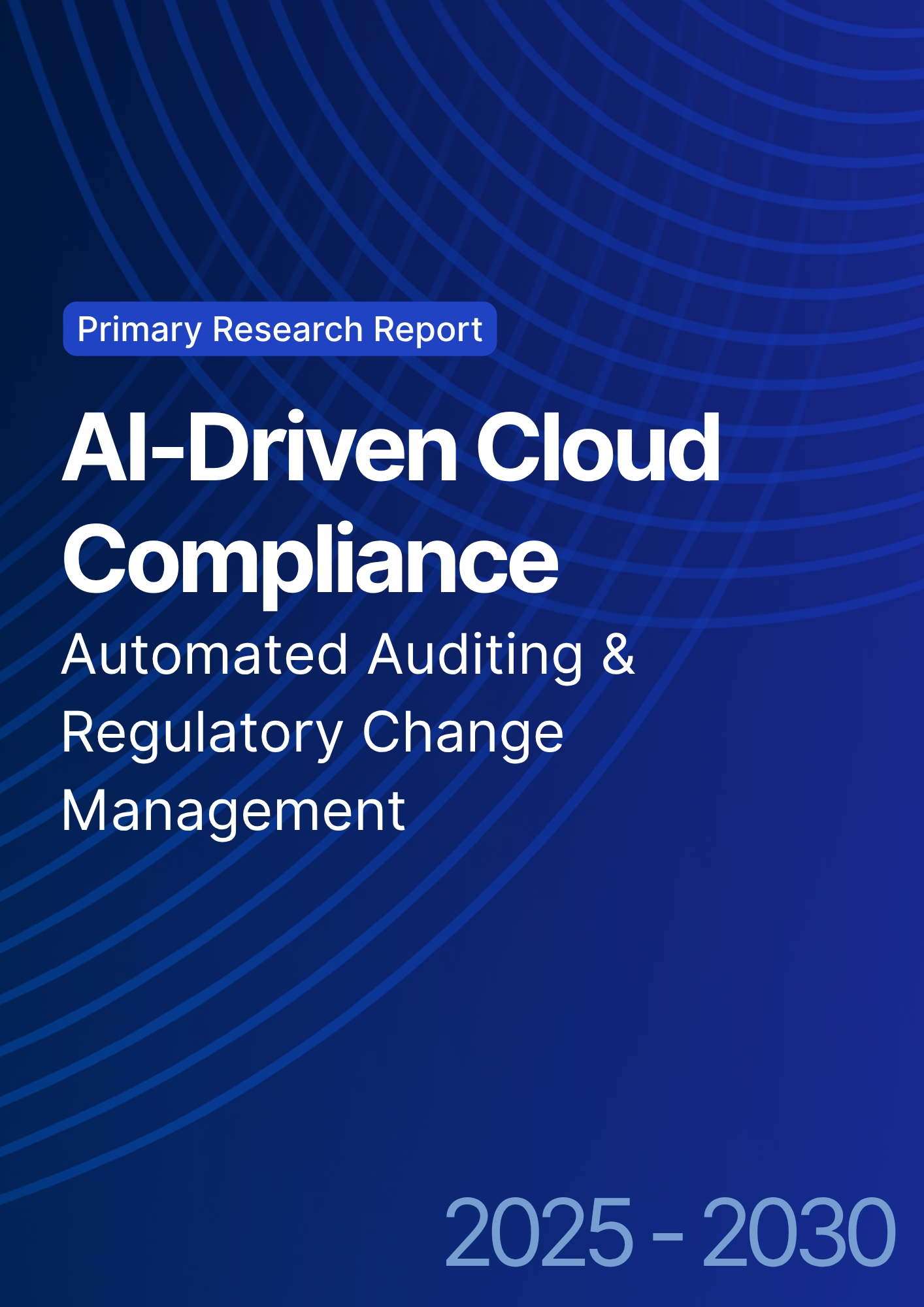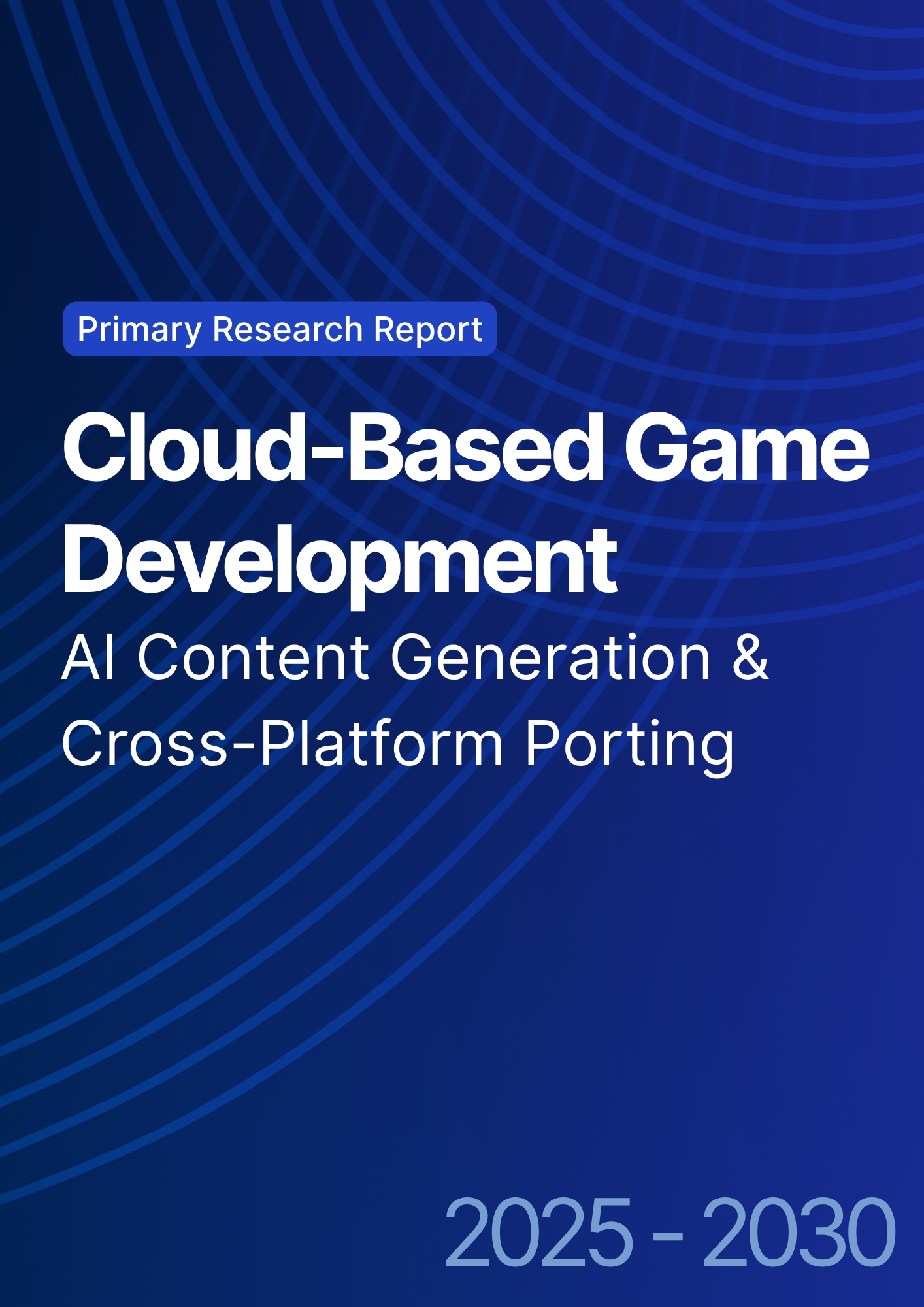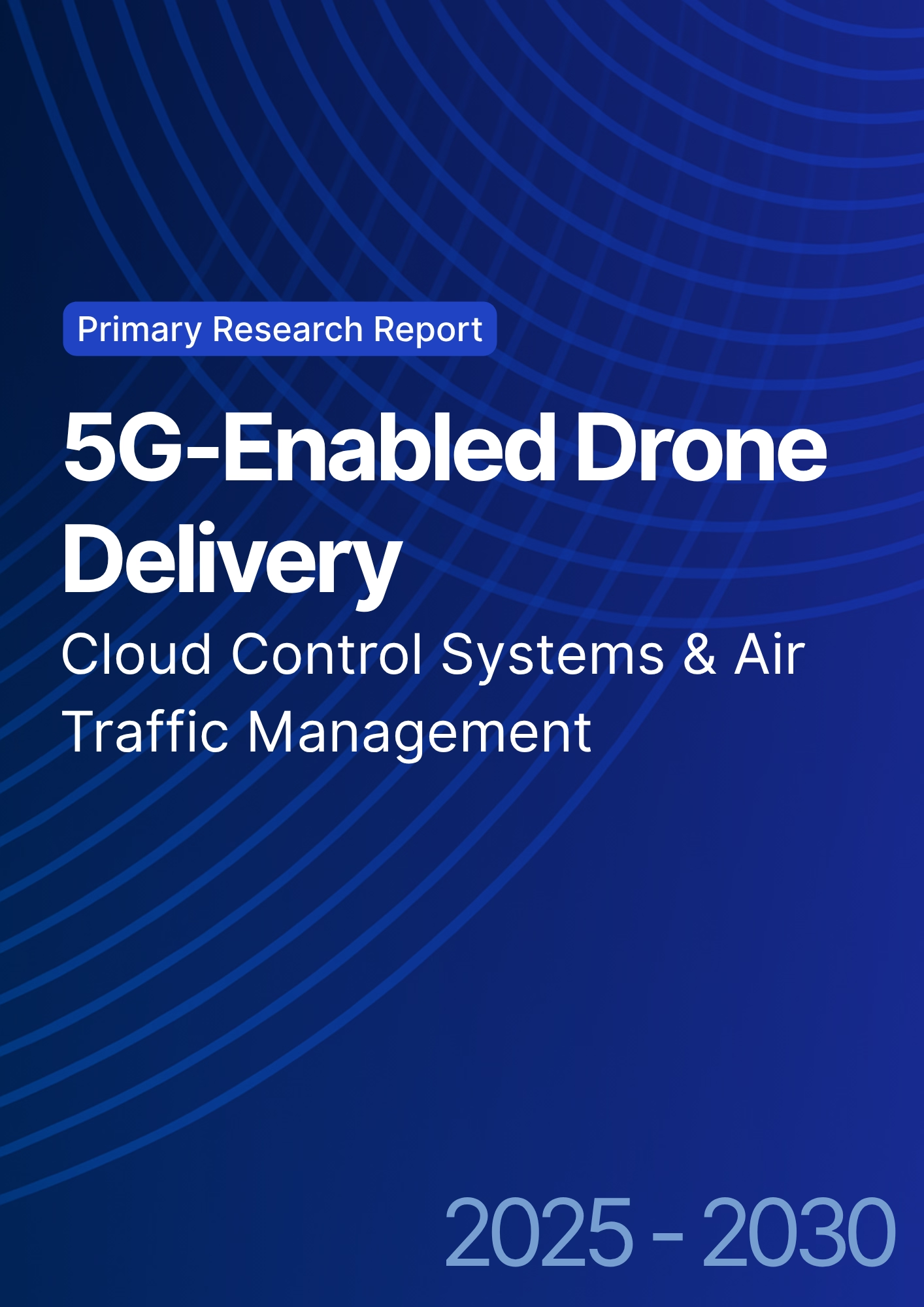

68 Circular Road, #02-01 049422, Singapore
Revenue Tower, Scbd, Jakarta 12190, Indonesia
4th Floor, Pinnacle Business Park, Andheri East, Mumbai, 400093
Cinnabar Hills, Embassy Golf Links Business Park, Bengaluru, Karnataka 560071
Connect With Us
Edge to Cloud Integration: Technological Advancements & Regional Analysis for IoT Deployments
Edge-to-cloud integration is rapidly emerging as a cornerstone of IoT expansion in Asia-Pacific, especially in China and India. Spending is expected to rise from ~$2.0B in 2025 to ~$7.2B by 2030, driven by demand for real-time analytics and low-latency performance. Adoption will grow from 30% to 76%, led by industrial, manufacturing, retail, and logistics sectors. IoT-related costs are projected to drop by ~45%, while ROI improves from 12% to 30%. With benefits like faster processing and enhanced decision-making, and risks mitigated through cybersecurity and phased adoption, edge-to-cloud integration will become essential to APAC’s digital infrastructure by 2030.

What's Covered?
Report Summary
Key Takeaways
1. Edge-to-cloud spend increases from ~US$2.0B to ~US$7.2B by 2030.
2. Adoption rates grow from ~30% to ~76%, enhancing IoT efficiency.
3. Cost reduction reaches ~45%, optimizing IoT deployments.
4. ROI improves from ~12% to ~30% due to real-time analytics and data processing.
5. Latency reduction improves from ~10% to ~50% as edge-to-cloud integration expands.
6. Edge-to-cloud performance improves from ~10% to ~80%, optimizing operations.
7. IoT adoption rises dramatically across industrial sectors, driving edge-to-cloud use cases.
8. Data privacy and security will remain key focus areas, requiring robust integration solutions.
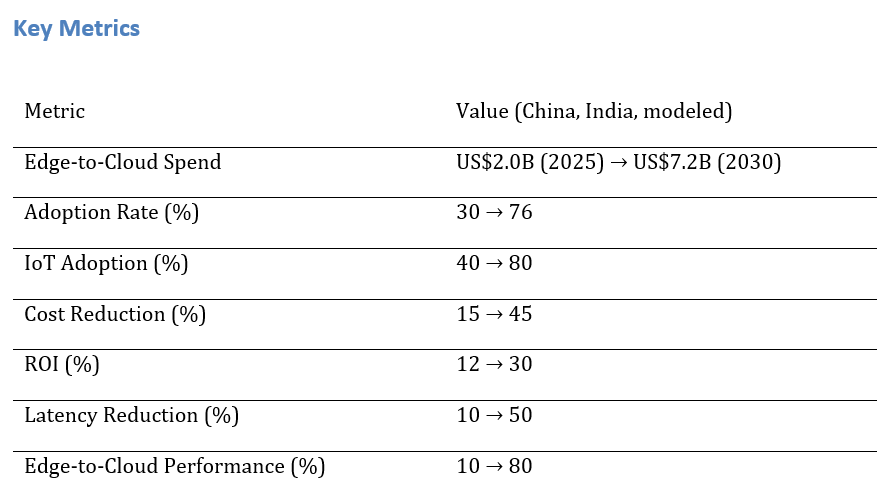
a) Market Size & Share
Edge-to-cloud spend in China and India is expected to grow from ~US$2.0B in 2025 to ~US$7.2B by 2030. The dual‑axis figure shows rising spending alongside increasing adoption rates, which are expected to reach ~76% by 2030. Share consolidates around IoT deployments, real-time analytics, and edge-to-cloud integration services. Risks include integration challenges, latency issues, and cybersecurity vulnerabilities; mitigations include multi-vendor solutions, AI-driven optimizations, and proactive security measures.

b) Market Analysis
Adoption rates for edge-to-cloud integration in IoT are projected to rise from ~30% in 2025 to ~76% by 2030. The bar chart shows shifts in key KPIs, including cost reduction, ROI, and IoT adoption, highlighting the growing importance of edge-to-cloud solutions for real-time data processing and efficiency.

c) Trends & Insights
1) IoT adoption in edge-to-cloud environments is expected to skyrocket by 2030, as real-time analytics become critical for operational efficiency. 2) Data privacy regulations such as GDPR will drive compliance adoption for edge-to-cloud platforms. 3) Edge-to-cloud integration improves the scalability and flexibility of IoT networks. 4) Cost reductions and performance improvements will become key drivers of edge-to-cloud adoption across industries. 5) AI-powered solutions will enable faster processing at the edge, reducing latency and optimizing data flows.
d) Segment Analysis
Edge-to-cloud integration will be most impactful in sectors such as manufacturing, logistics, and smart cities. Manufacturing companies will use edge AI to optimize production lines, while logistics companies will benefit from real-time data processing for supply chain optimization. Smart cities will leverage edge-to-cloud for traffic management, energy usage optimization, and urban planning.
e) Geography Analysis
By 2030, edge-to-cloud integration in IoT deployments in China and India will account for ~80% of the total market, driven by industrial IoT and government-backed smart city projects. Private sector initiatives, particularly in manufacturing and logistics, will also play a major role, making these regions key drivers of edge-to-cloud adoption.
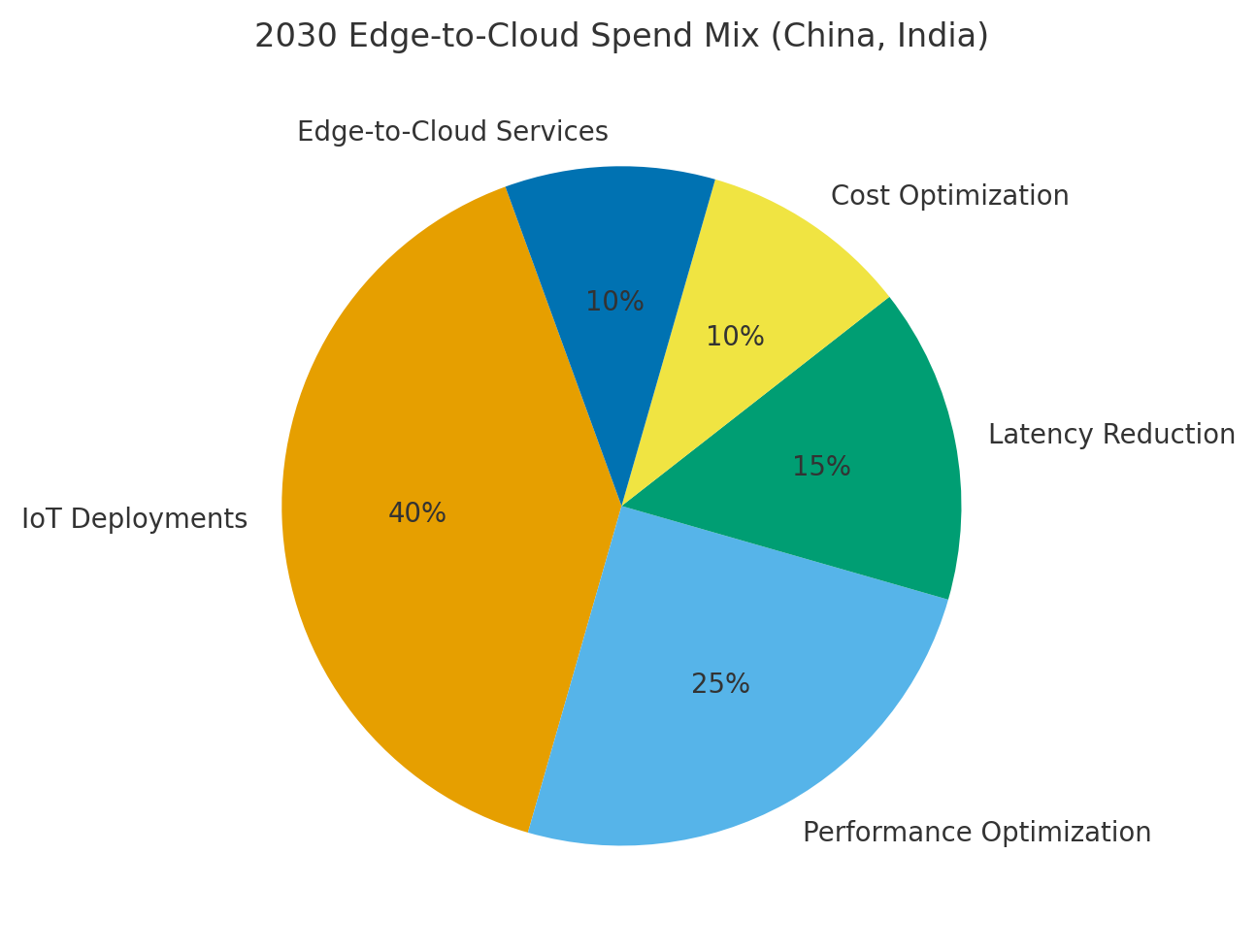
f) Competitive Landscape
Key vendors in edge-to-cloud integration for IoT include AWS, Microsoft, Google Cloud, and specialized edge computing companies. Differentiation factors: (1) real-time data processing capabilities, (2) low-latency solutions, (3) data privacy and compliance features, (4) multi-cloud flexibility, and (5) security protocols. Procurement guidance: ensure scalability, security, and seamless integration with IoT networks.
Report Details
Proceed To Buy
Want a More Customized Experience?
- Request a Customized Transcript: Submit your own questions or specify changes. We’ll conduct a new call with the industry expert, covering both the original and your additional questions. You’ll receive an updated report for a small fee over the standard price.
- Request a Direct Call with the Expert: If you prefer a live conversation, we can facilitate a call between you and the expert. After the call, you’ll get the full recording, a verbatim transcript, and continued platform access to query the content and more.


68 Circular Road, #02-01 049422, Singapore
Revenue Tower, Scbd, Jakarta 12190, Indonesia
4th Floor, Pinnacle Business Park, Andheri East, Mumbai, 400093
Cinnabar Hills, Embassy Golf Links Business Park, Bengaluru, Karnataka 560071
Request Custom Transcript
Related Transcripts
$ 1350


68 Circular Road, #02-01 049422, Singapore
Revenue Tower, Scbd, Jakarta 12190, Indonesia
4th Floor, Pinnacle Business Park, Andheri East, Mumbai, 400093
Cinnabar Hills, Embassy Golf Links Business Park, Bengaluru, Karnataka 560071





